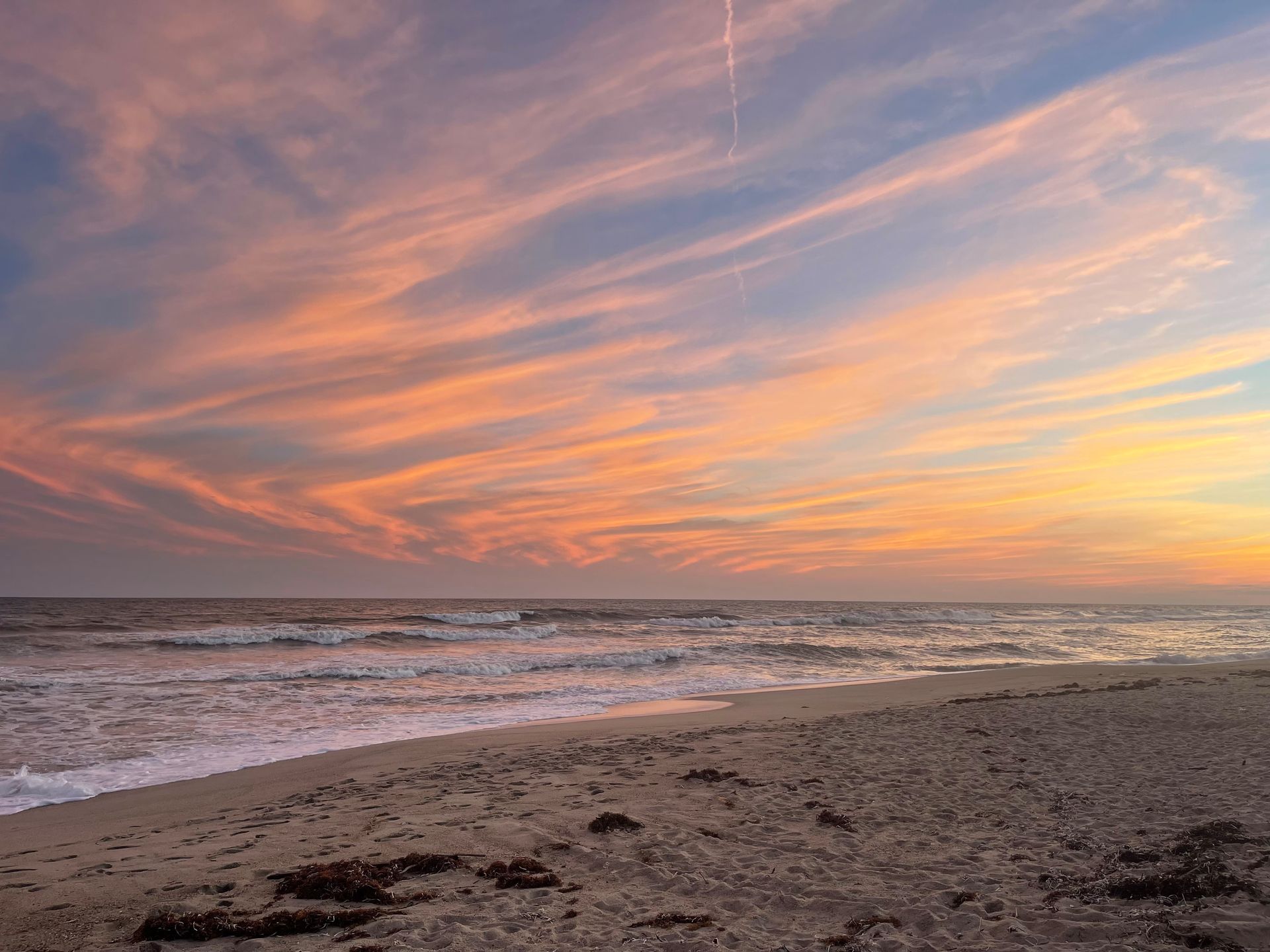Returning to the Island

By: Erin Holdgate, MMA Marketing Director
Growing up in landlocked Denver, everything I knew about the ocean I learned slowly over time, one week a year, when my family would visit the birthplace of my father—Nantucket.
Nantucket is a natural wonderland to me. It's where my deep gratitude, respect, and love for the ocean was born. It's why I dreamt of becoming a marine biologist despite living some 800 miles from the closest coastline. And when I was laid off from my corporate marketing job in the early months of 2022, after spending two-plus years working from my compact Seattle apartment, Nantucket is where I knew I had to be next.
As a kid, everything about the island felt so foreign, and so hard to explain to my school peers back in the Rocky Mountain state. Although getting here is a journey in itself, the two-hour ferry ride was magical for me and all five of my senses. I'd get a seat on the top deck just to lean over the railing and watch the frothy waves slap against the side of the vessel; to feel the humid air take shape as beads of moisture on my forehead. And the salty air? It was unlike any other scent my olfactory system had the pleasure of knowing back in semi-arid Colorado.
I never became a marine biologist like little-kid me planned, but I was able to curate a college education that combined my love of natural sciences with my writing skills. This launched me down a career path that ultimately led me to my current role as the MMA's Marketing Director—a job posting that felt more like an empty seat at the proverbial table that I swore was waiting for me, and I it.
I came to Nantucket in May of 2022 in search of a post-pandemic reset, a summer job that didn't involve Zoom calls and my less-than-ergonomic home office setup. Through family, I was connected with the owner of Garden Group, who offered me a spot with his crews for the summer. As I became quicker at potting flowers and pulling weeds, I couldn't help but smile at the fact that I was handling roots all day, all the while getting in touch with my own.
I have a local last name, and had I been born here, I'd be a sixth-generation Nantucketer. But the longer I live here, the more I realize I don't know—about the island, its history, its people, its way of going about life. Let alone the endless natural areas, trails, parks, and beaches I have yet to explore.
I try to remind myself I'm in no rush to see it all, however. Mid-summer, when I told a friend I wanted to stay on the island beyond my summer job, she encouraged me to do so, telling me to be patient and "let the island show me" all of its opportunities.
In the six months I've been at the MMA, I've used this as a mantra a time or two. Slow down, and allow the Grey Lady to reveal herself to me.
Recent Posts




